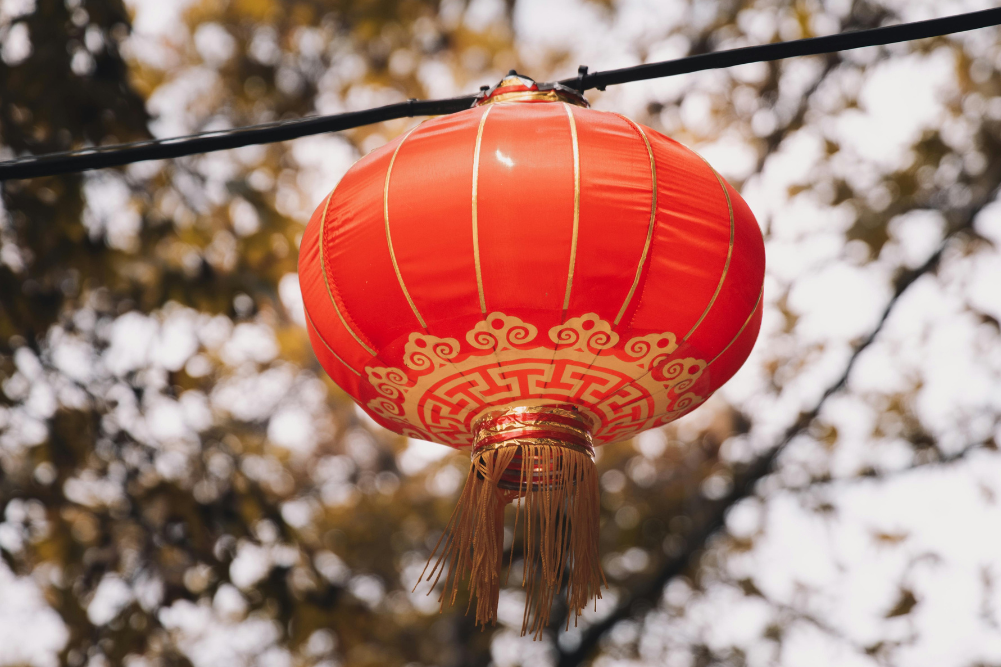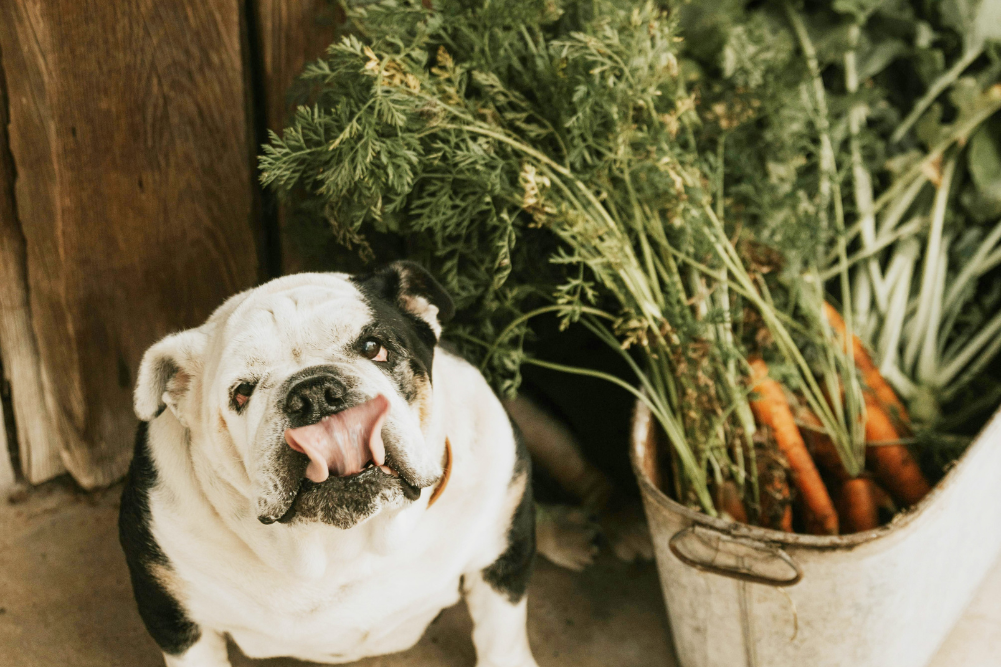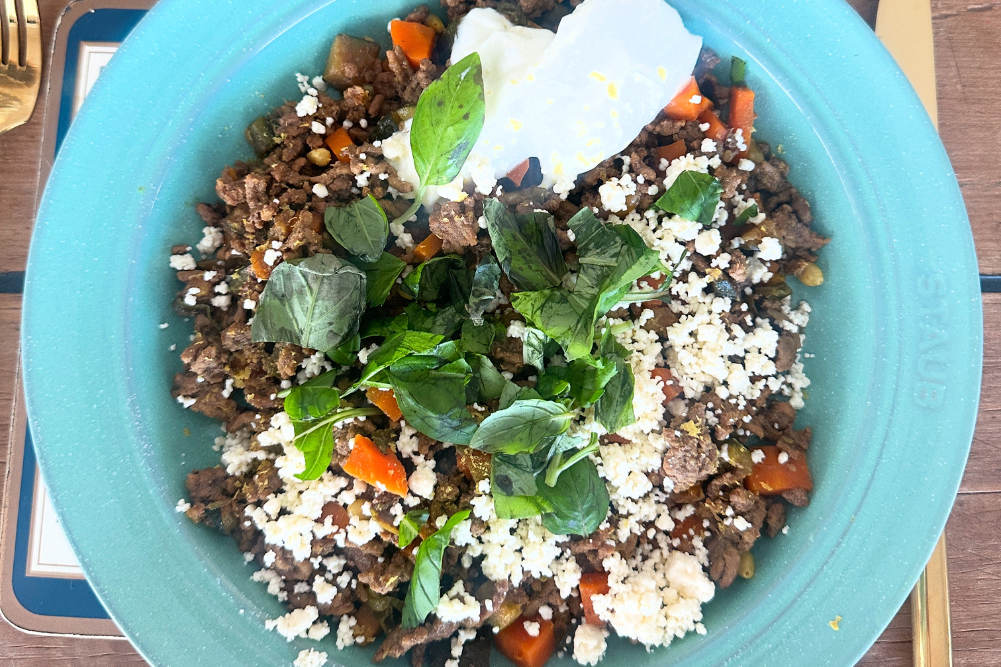Five essential oils for the family
A few drops of pure essences can magically enhance your home and health. For a thriving family and humming habitat just add these five essential oils.
Can you remember the smell of your mother’s perfume, your childhood garden or your favourite herbal tea? Even recalling smells can conjure feelings associated with that time, place or person. Aromas immediately evoke emotions via the limbic system, which are deeply embedded in our memory.
Powerful properties in concentrated plant and fruit essences can be applied to address mental and physical imbalances. Aromatherapy oils also enhance an ambience — think of the welcoming smell of wild orange or the romantic sent of rose. When we walk into a home infused with essential oils it can put us at ease or energise us. Having an essential oil first equips one to treat common complaints such as peppermint for tummy ache and lavender for anxiety.
Aromatherapy has been among the most widely used holistic therapies since French chemist René-Maurice Gattefossé coined the term in the 1937. Growing appreciation of the physical, psychological and spiritual benefits of essential oils has led to the exploding popularity of aromatherapy. Oils are routinely added to personal care products, cleaning commodities, medical care and interior decorating items. Many households now enlist essential oils in diffusers, oils, creams, powders, sachets and washes to handle hygiene and health needs.
To optimise the medicinal efficacy and minimise side effects, opt for therapeutic-grade essential oils. The best oils are sold by reputable companies, smell pure, are usually not the cheapest option and come in a dark glass container with a dripolator opening. The label should list the Latin term, common name, parts used, 100 per cent essential oil and country
of origin and should not say “fragrant” oil. If you put a drop of a pure essential oil on a tissue it won’t leave a greasy mark because the volatile oil will evaporate completely without an oily residue. To prevent oxidation or evaporation, store essential oils in a cool, dark place with the lid tightly screwed on.
Lavender
“I put a drop of lavender essential oil on my pillow before I go to sleep.” ~ Melissa Joan Hart
Lavender was the winner of AromaWeb’s favourite essential oil poll and is indispensable to an aromatherapist’s toolkit. Author Karen Rose says, “If you had to choose an oil, it would have to be lavender essential oil, because it is antibacterial and antiviral. So, it’s great
to have when people around you are sick; it can also be used to relax.”
Gracing seaside slopes with sandy soil, Lavandula angustifolia is a resilient and prolific plant. Its premium extraction is derived from steam distilling the spike. The word “lavender” comes from the Latin “lavare” meaning “to wash”. This points to its application for cleaning oneself, laundry and surfaces. Lavender has a long history with reference to its use in Egyptian, Greek, Persian and Roman literature. Traditional uses include as an antiseptic for cuts, a painkiller for headaches, personal care products and perfume, and as a preservative in mummification. Apparently, King Tut’s tomb was infused with lavender when they opened the 3000-year-old sarcophagus.
Lavender is the lockdown buddy helping many to survive the stress and insomnia of COVID craziness. Lavender is like a lullaby sending us to sleep; everything about this amethyst flower’s aroma cues calm. Its sedating scent, soft petals and cooling colour combine to soothe the senses. Lavender’s fresh floral hue also often infuses grandmothers’ clothes drawers through scented sachets. Lavender is your family friend for burns, bites, cuts, colic, cramps, sleep, stress, pain, fever and more. Versatile lavender has a long list of medicinal qualities including antiseptic, analgesic, anti-depressant, anti-rheumatic, anti-spasmodic, anti-inflammatory, antiviral and carminative.
Add it to a diffuser or spritzer for sleep or stress. Bathe burns in a 50 per cent water dilution. Dab it on the collar for headaches. Add to shampoos, moisturiser and bath oil to soothe skin and stimulate hair growth. Registered nurse Dana Parry uses lavender on her three kids: “It’s great blended with rosemary essential oil and a carrier oil for muscular aches,” she says. This sleep blend sends one snoring into sweet dreams: in a 50ml glass bottle add 50mL distilled water, 2 drops Roman camomile essential oil, 10 drops lavender essential oil and 3 drops neroli essential oil. Shake well and pump 3 sprays on bed and pillows before bed.
Peppermint
“As for the garden of mint, the very smell of it alone recovers and refreshes our spirits, as the taste stirs up our appetite.” ~ Pliny the Elder
A sniff of peppermint puts a pep in your step and a smile on your stomach. Peppermint is perhaps the most popular member of the mint family, which has hundreds of species including spearmint. The oil is collected through steam distilling peppermint leaves and is rich in refreshing analgesics menthol and menthone. The cooling and calming properties of peppermint essential oils make it a multipurpose must for all households.
Greek mythology says peppermint sprang from the nymph Mentha who was stamped into the ground by jealous Persephone. Traditional uses for the herb include a painkiller for aches, an infusion for indigestion, an inhalation for respiratory tract congestion and a soothing wash for fevers. Apparently, Roman naturalist Pliny the Elder advocated mint crowns for concentration. This is backed by a University of Cincinnati study that found peppermint oil boosted mental acuity by 28 per cent.
Peppermint’s applications are invaluable for a healthy household. Try it for aches, bad breath, colds, dandruff, fevers, gas, headaches, hair loss, IBS, itchiness, mental fatigue, migraine, nausea, poor circulation, sunburn and throbbing feet. Pests are repelled by peppermint oil so spray some your home or garden to evict ants, cockroaches, spiders, mosquitoes and lice.
Pamper your family with these peppermint prescriptions:
Brain-Boosting Blend
To 100mL of filtered or distilled water in a diffuser add:
- 5 drops lemon essential oil
- 3 drops peppermint essential oil
- 2 drops rosemary essential oil
Tummy Trouble Oil
Try this quick mix for abdominal bloat and gas
- 2 drops peppermint essential oil
- 1 drop fennel essential oil
- 1 tbsp carrier oil such as coconut, jojoba or sweet almond oil
Mix well and warm. Position the person on their back with bent legs and pillows under their calves. Massage mix into the abdomen in a clockwise direction for a minute then cover with a warm towel and a heat pack.
Rosemary
“There’s Rosemary for you, that’s for remembrance! Pray you, love, remember.” ~ William Shakespeare, Ophelia in Hamlet
This evergreen has a minty aroma that awakens memories of roast dinners and Mediterranean nights. Rosemary’s Latin origins translate as “dew of the sea”, conjuring coastal strolls and salty sea spray. Rosemary’s stimulating speciality has been used since antiquity to increase circulation, clear respiration, ease aches, jog memories and flavour food. It is also a powerful antimicrobial due to its camphor content, hence its inclusion in the classic Thieves essential oil remedy that protected corpse robbers during the plague. It was also strewn across doorways in the Middle Ages to ward off disease and evil.
Today, rosemary is a popular antioxidant to preserve cosmetics and oils. The finest essential oil is extracted from the flowering tops of the grass-green sprigs.
Rosemary’s refreshing fragrance is a great wake-up aid to activate energy and enthusiasm. Its balsamic essence is amazing for thick, smooth locks. Pop a few drops in your cleaning spray to amp up the antiseptic effects. Experiment with this woody wonder to improve mood, memory, circulation and easy breathing.
Happy Hair Serum
Smooth frizzy flyaways, stimulate hair follicles and awaken the brain with this simple hair saviour.
- 100mL argan oil
- 10 drops rosemary essential oil
- 5 drops peppermint essential oil
- 2 drops sandalwood essential oil
Combine in a dropper bottle. Spread five drops in your palm, stroke through scalp and comb through ends.
Rub Away Aches
This penetrates painful areas to melt muscles. It can also be used to mobilise cellulite and stimulate the lymphatic system.
- 1 cup shea butter
- 1 tbsp jojoba oil
- 10 drops rosemary essential oil
- 8 drops wintergreen essential oil
- 2 drops lemon essential oil
Stir shea butter and jojoba in a double boiler on low heat until melted. Alternatively mix with an electric blender. Add essential oils and store in an air-tight glass container.
Clear the Air
Purify the air and your respiratory system with this invigorating trio in a diffuser.
To 50mL of filtered or distilled water in a diffuser add 3 drops each of rosemary, eucalyptus and grapefruit essential oil.
Tea tree oil
“Tea tree takes care of my kids’ cuts, bites and zits like a single solution First Aid Kit.” ~ Kristina Herold, naturopath
Did you know tea tree was named by 18th-century sailors who brewed tea from its leaves? Indigenous Australians also used tea tree oil steam inhalations for respiratory tract infections and in poultices for wounds. This Aussie antibacterial legend is a powerful way to keep infections at bay. With antiviral, antifungal and anti-inflammatory actions, tea tree is an aromatherapy staple. If you could take one thing to a deserted island, consider tea tree oil.
Tea tree pioneer Christopher Dean of Thursday Plantation was pulled to produce the oil after it cured his intractable toenail infection. After five months of trying every approach he was on the verge of toenail surgery. Fortunately, within four days of applying tea tree oil he experienced total remission. This illustrates tea tree’s ability to fight fungal and bacterial infections through its terpinen-4-ol constituent.
Think of tea tree when tackling acne, athlete’s foot, dandruff, grazes, lice and rashes. As a camphor cleanser it helps to blitz mould, banish bacteria and freshen air. Tea tree is invaluable during tropical travels as it repels insects more effectively than DEET according to a test-tube study published in the Journal of Parasitology Research. Its pinene properties make tea tree a terrific decongestant for coughs, colds and congestion.
The uplifting scent activates energy, focus and relaxation. Tea tree is often added to skin cleansers, deodorant, mouthwash, shampoo, toothpaste, foot care products and moisturiser. Some like to add a few drops to their laundry to clear odours and microbes.
Clear Complexion Cleanser
- 2L boiling hot water in a bowl
- 3 drops tea tree oil
- 2 drops eucalyptus oil
- 1 drop clove oil
Place face over bowl, cover head then alternate breathing in the nose then mouth until steam dissipates.
Bug Off
- 175mL pure water
- 5 drops neem oil
- 5 drops citronella oil
- 10 drops lavender oil
- 10 drops tea tree oil
Shake and spray from an atomiser preferably on clothes.
Lemon
“On my desk, I always have a lemon or a lime drying. I love the fragrance.” ~ Maira Kalman
When life gives you lemons, make essential oil. This citrusy scent will brighten any day like liquid sunshine. Lovely lemon looks after our digestion, immunity and respiratory systems with its stimulating properties. Lemon also has extensive emotional and mental benefits, including promoting positivity and energy. A study in the Psychoneuroendocrinology journal showed lemon essential oil enhanced mood more than lavender. Japanese studies published in the journals Behavioural Brain Research and Psychogeriatrics suggest lemon can improve dementia, depression and stress.
This zesty bestie is also an effective surface sanitiser, disinfectant detergent and polisher. Lemon’s oil-stripping astringency makes it an effective skin toner and hair cleanser.
For an uplifting diffuser blend, mix two drops each of bergamot, lemon and wild orange essential oil.
Caroline Robertson is a passionate practitioner and teacher of natural therapies and first aid. For online or clinic consultations, guided meditations and health retreats please see carolinerobertson.com.au.








